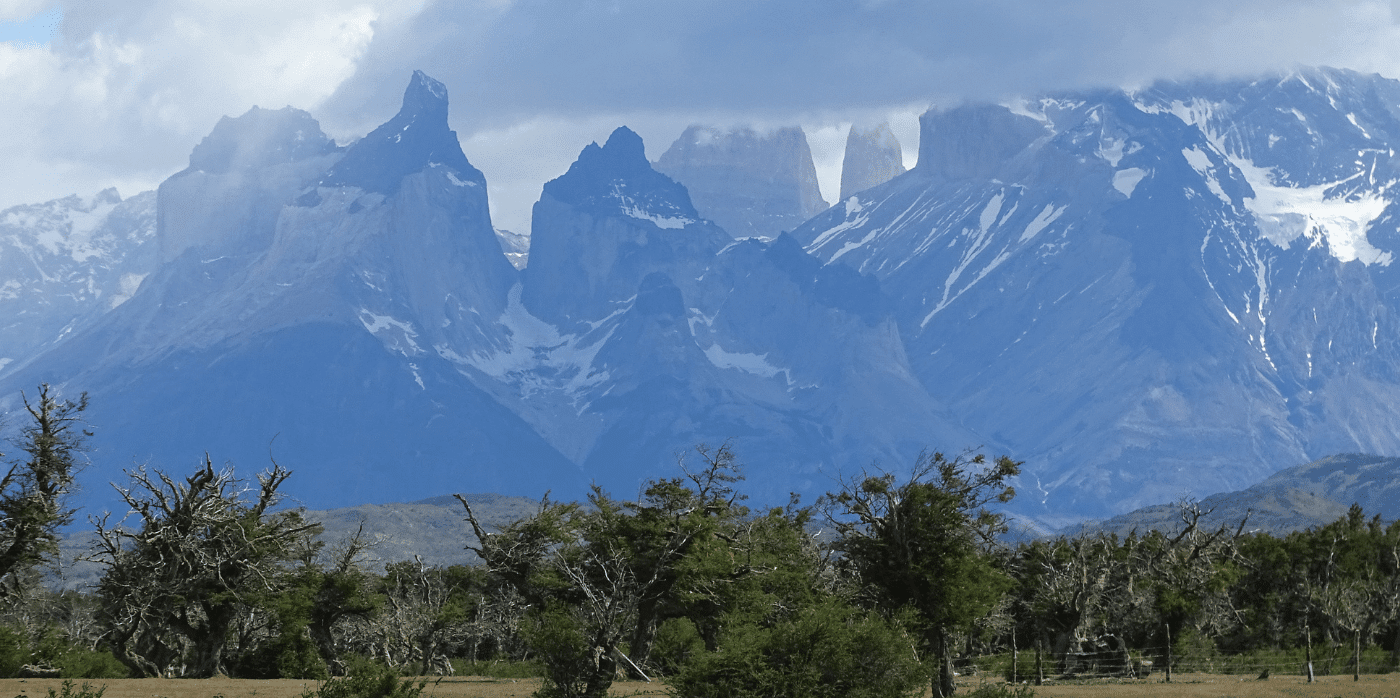10 Essential Tips for Architects to Avoid Burnout
Burnout in Architecture is not a new concept; what is new, is that people open up to speak about it more and more. Speak, or even fight for better conditions, like recently observed with the SCI-Arc scandal. Work-related stress and exhaustion impacts productivity, morale and retention reflecting negatively on both the workplace and the individual employees. If you are struggling with burnout or you feel that your employers struggle, it is time to invest in new inspiration. In this article, I will discuss in detail what exact things you can do to avoid burnout.
To begin, if you are a business owner in the architecture and engineering industry you have to keep a close eye on the issue of burnout, as it can negatively impact your firm. Deloitte’s external survey explores the drivers and impact of prolonged, unmanageable stress that may lead to employee burnout and it reports that 77 percent of people are experiencing burnout at their current job. So, there is a strong likelihood it’s happening to your employees (or to you!).
Job burnout is a special type of work-related stress — a state of physical or emotional exhaustion that also involves a sense of reduced accomplishment and loss of personal identity. “Burnout” isn’t a medical diagnosis. Some experts think that other conditions, such as depression, are behind burnout. Researchers point out that individual factors, such as personality traits and family life, influence who experiences job burnout. Whatever the cause, job burnout can affect your physical and mental health. Consider how to know if you’re experiencing job burnout and what you can do about it.
Symptoms of burnout include excessive stress, fatigue, insomnia, sadness, anger or irritability, alcohol or substance misuse, heart disease, high blood pressure and vulnerability to illness, amongst others. There are mismanaged work practices that contribute to burnout, including putting a heavy workload on people and asking them to work long hours.
But not everything can be put on the employer. It is everyone’s personal responsibility to learn to keep a healthy work-life balance. Something really important to look into is the amount of control attributed to each employee. Because, contrary to what you might think, it’s little or no control that contributes to burnout, rather than having too much control at work. So, it is advisable both to employers and employees to pass on and take on as much control equally amongst all team members, such that everyone can feel equally responsible for their position. Remember that people who are unclear about the degree of authority they have — or what their supervisor or others expect from them — are not likely to feel comfortable at work.
To fix, and even prevent, burnout in yourself and your employees, I will suggest 10 reasons people burnout and ways to fix each one. However, it’s important to realize that these aren’t quick, band-aid fixes. Many of these solutions will take intentional implementation, time, and commitment to be successful.
 Top 10 Things to Watch Out For:
Top 10 Things to Watch Out For:
1. Don’t forget your reason. Missing or forgetting why you do what you do is often the number one reason why people begin to feel unmotivated at work. When everyday work tasks bypass the big vision behind why you started doing what you do, this is bound to happen. To keep your eye on track, set yourself and your team measurable and achievable goals. You need to figure out where you’re going and communicate that ambition.
As an employer you have to ensure all your workers understand your vision as well as put measures in place to help them communicate their visions and ambitions. Opening your weekly calendar to your employees who can book in and discuss their promotion or suggest ways in which they can advance will allow them to take more control of their career and make you aware of their needs. Knowing where you are going and where your employees are going helps everyone stay on track and remember the reason why they are engaged with you. As much as you can expand this type of practice amongst your firm on the individual, department and company level you need to keep all of the above engaged with your purpose.
2. Don’t trade momentum for monotony. When you first begin to work on something you catch a momentum and things feel exciting, but every now and then what once felt exciting becomes monotonous. The idea is to always keep a fresh way to achieve your desired goals. Focusing on that plan of action is crucial in the sense that we’re often burned out because although we know what the goal is — for example: make more money, achieve a billable percentage, or gain a new client/market — we don’t know how to get there. This leads to spinning our wheels or going in different directions depending on the day. It also gets monotonous. Instead, allow for creativity when developing your plan. Bounce ideas off others. Determine specific, small, sustainable steps that will get you there. And, most importantly once you’ve developed a plan, stick to it and get your whole team on board.
3. Don’t do anything alone, be coachable! Feelings of burnout can often be caused by either your frustration with younger/inexperienced staff or their frustration with you (or work related reasons). To avoid this, adapt a culture of- and commitment to- coaching. Be intentional about investing in our up-and-coming architects and engineers. This includes nominating them for leadership development and/or training programs; taking time to explain the intangibles of the business; and bringing them to client and industry meetings.
When people have a clear career path and feel invested in it, they are less likely to feel fatigued and burned out. People who feel isolated at work and in their personal life might feel more stressed. To be a good leader, invest also in yourself. We are not always born with great leadership skills, and even if you are a natural there is always room for growth. Invest in coaching. You can do this many ways. One is keeping an eye and actively investing in gatherings, conferences and events designed to educate and elevate you. Another very good way is to work with a personal consultant and or business strategist. The growth of your business can directly be dependent on your ability to identify new opportunities. Many business coaches are there to achieve direct results, so you’re paying for the benefits they bring to your business.
4. Keep an eye on your track. Even with the greatest efforts towards running a business and staying on track things can lose their continuum. This happens when goals aren’t met, team members quit, or budgets get blown. When this happens repeatedly, it’s easy to feel burned out. You need to adjust your expectations and attitude. Learn to expect the unexpected. Plan for the crisis even if it may not happen. I believe that it is better to have a 30-minute conversation to plan for the worst-case scenario that turns out to be unnecessary than to not have the conversation and waste valuable time, resources and money reacting to the situation if it does.
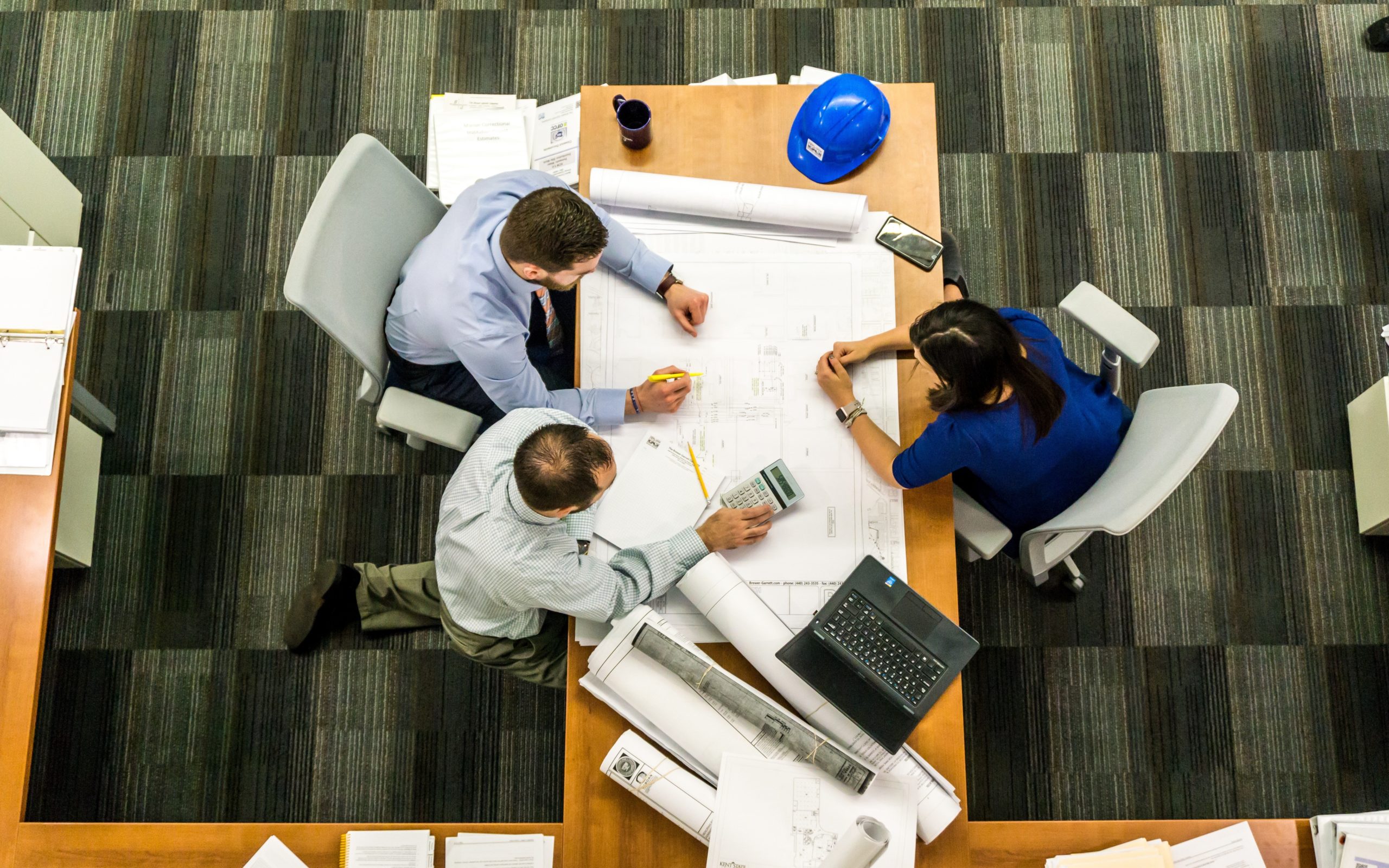 5. Don’t get involved with drama. Office gossip and drama can derail a team faster than anything else. It can cause feelings of discouragement, frustration, fatigue and, eventually, burnout. My advice: Ignore the (petty) noise. But also, give your employees a safe space to vent and voice their frustrations. (Venting should occur “up the ladder,” not sideways.) As a business owner it’s crucial to keep your eye on the office pulse. It might not be obvious to you but someone in your office might be a bit of a bully, your employees might feel undermined by colleagues or your management might micromanage your team’s work. All this can contribute to job stress. Even if these issues don’t affect you directly, and you might think they are petty, they might be massive to someone on your team. The best way to avoid this is to give your employees access to an employee assistance program, or encourage them to reach out to other coworkers, friends or loved ones for support and collaboration as communication can help them and help you prevent further issues.
5. Don’t get involved with drama. Office gossip and drama can derail a team faster than anything else. It can cause feelings of discouragement, frustration, fatigue and, eventually, burnout. My advice: Ignore the (petty) noise. But also, give your employees a safe space to vent and voice their frustrations. (Venting should occur “up the ladder,” not sideways.) As a business owner it’s crucial to keep your eye on the office pulse. It might not be obvious to you but someone in your office might be a bit of a bully, your employees might feel undermined by colleagues or your management might micromanage your team’s work. All this can contribute to job stress. Even if these issues don’t affect you directly, and you might think they are petty, they might be massive to someone on your team. The best way to avoid this is to give your employees access to an employee assistance program, or encourage them to reach out to other coworkers, friends or loved ones for support and collaboration as communication can help them and help you prevent further issues.
6. Don’t be a control freak. We get burned out when we’re trying to control everything. This is exhausting and unsustainable. Instead, learn to let go and empower others. I refer to this as encouraging an entrepreneurial spirit with our employees. Find opportunities and ways to let them take ownership – whether to pitch a new idea, explore an emerging software, or lead a project. This can lead to a fruitful distribution of tasks and take a tremendous amount of responsibility off your shoulders.
7. Don’t quit. We’ve all had the urge (and some of us have done it): We feel burned out, so we quit. And sometimes it’s the right move. But if you’re leaving a job for the wrong reason, you’re going to go from the frying pan into the fire. Instead, evaluate the situation before making the leap; it may be better to stick it out. Making a lateral move can leave you feeling further behind in your career and less motivated as you work to prove yourself yet again for little career promotion or reward. Be proactive about changing your situation but don’t give up when it gets tough. Sometimes challenges are there to give us a little push, see this as an opportunity to voice your concern, ask for more or change something and if nothing works then make an adequate decision. Be a fighter more than a person that gives up, as giving up may sometimes be only a start to even a more challenging scenario.
8. Don’t stick to your network. Think bigger. When we expand who we’re around, we expand the ideas and opinions we are exposed to. Whether it’s getting involved with a new industry association, Chamber of Commerce, or leadership development course – expand your horizons. By doing so you can open up to new opportunities, and this can by itself give you new motivation.
9. Don’t be too serious. We tend to be serious as architects and engineers, but sometimes what you need to break the burnout is to have fun. You can implement this by hosting impromptu fun days (that don’t have to break the bank) or simply put more attention into a healthy work/ life balance.
10. Don’t be unhappy. Dr. Ken Harmon preaches to “choose happiness.” When we’re burned out, it’s easy to only see the negatives. It takes a deliberate effort to focus on the positives. We all have our go-to way to help adjust our perspective and change our mood: Listen to your favorite song (mine is “Feeling Good” by Nina Simone). Buy a latte. Call a friend. Take a small action to help turn your day – and attitude – around. Never forget what adds to feelings of happiness: a healthy diet, and good sleep. Sleep restores well-being and helps protect your health. Explore programs that can help with stress such as yoga, meditation or tai chi. Getting some exercise is a great way to boost your happy hormones. Regular physical activity can help you to better deal with stress. It can also take your mind off work. Mindfulness is the act of focusing on your breath flow and being intensely aware of what you’re sensing and feeling at every moment, without interpretation or judgment. In a job setting, this practice involves facing situations with openness and patience, and without judgment.
About the Disrupt Symposium
I am also here to suggest the best solution and one of the absolute top investment strategies designed to be the needed breath of fresh air for you and your business. And that is the upcoming Disrupt Symposium, a 5 day virtual event dedicated solely to the Business of Architecture. We are only a few days away from the Zoom event (May 1st — May 5th) so get the ticket for yourself and your whole team now.
What makes this event special is that we invite to stage C-level executives, directors, business developers, and leaders responsible for running business at the largest architecture practices, such as Gensler, OMA, Zaha Hadid Architects, Safdie Architects, Snøhetta, UnStudio, Perkins & Will, and BIG amongst others. The event runs from 7–10 pm CET each day, featuring 5 experts per day. All sessions are limited to 20 minutes, after which there will be a dedicated 10 minutes for interactive Q&A.
The event is organized under the tagline: “Success leaves clues.” Why? Because success is not some kind of mysterious code you have to crack in order to be happy; it’s a set of principles, rules, a system, a plan of action that has been implemented before and worked. Therefore, if you want it to work for you, it can. All you have to do is learn what actions and thought processes belong to the most successful. Disrupt is where you go to learn more about the blueprint of success in architecture.

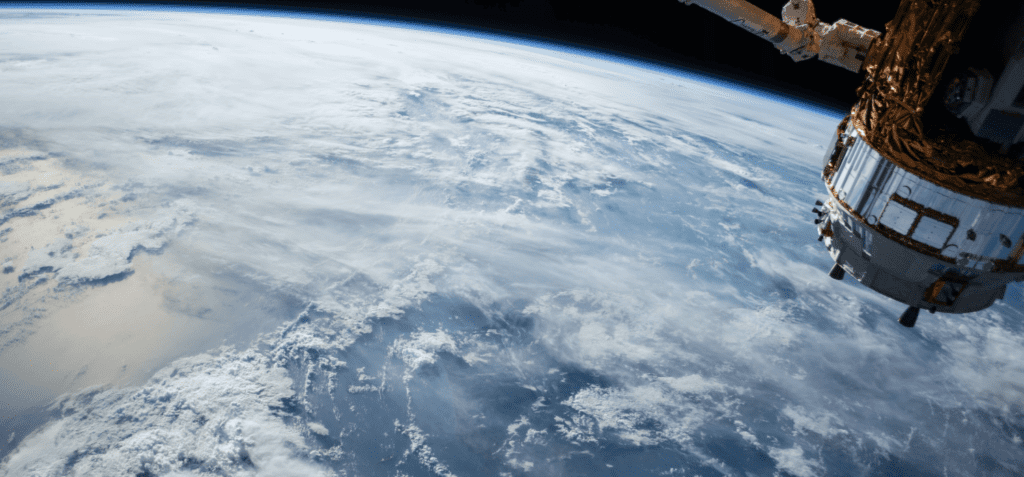











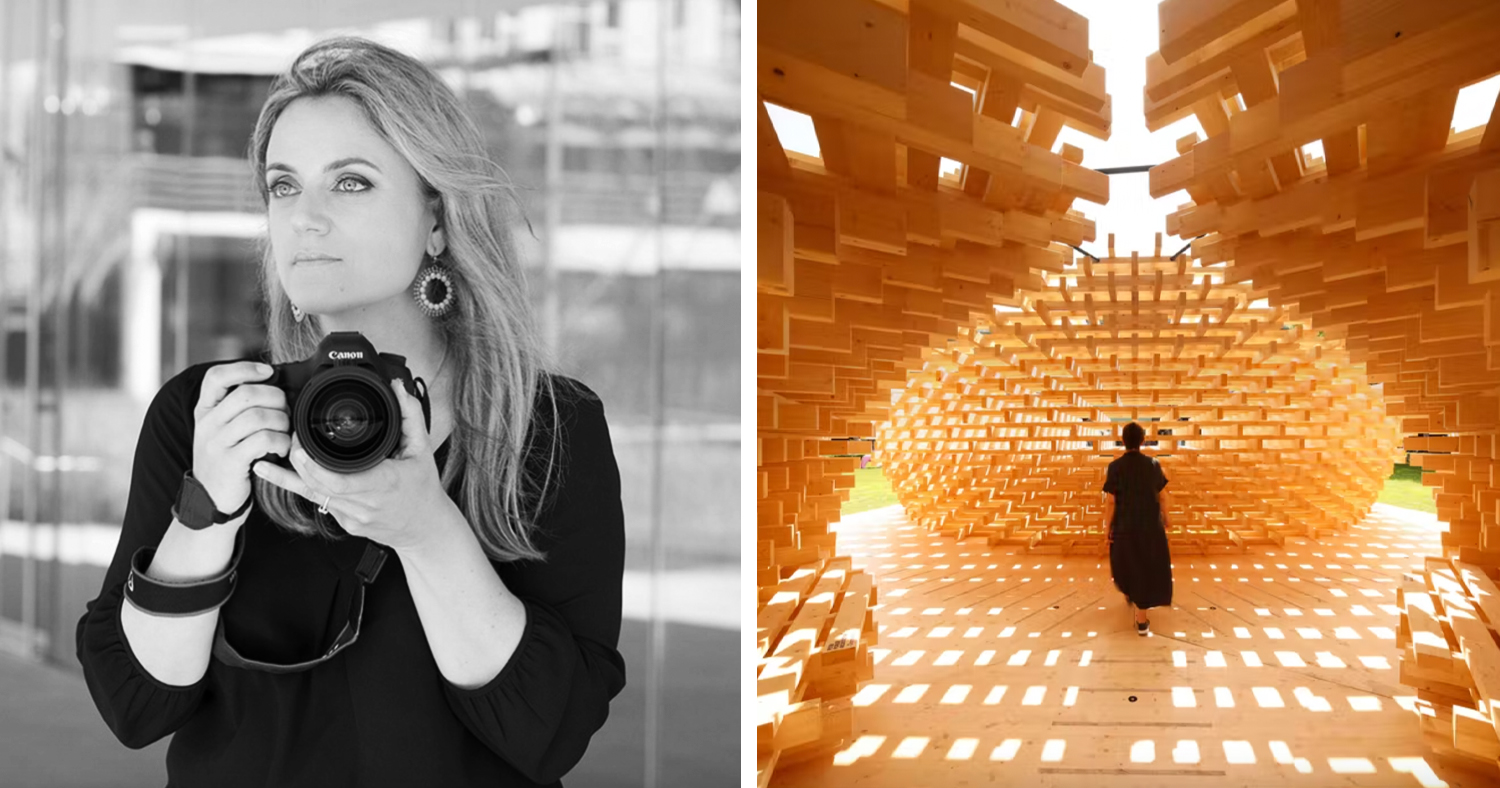
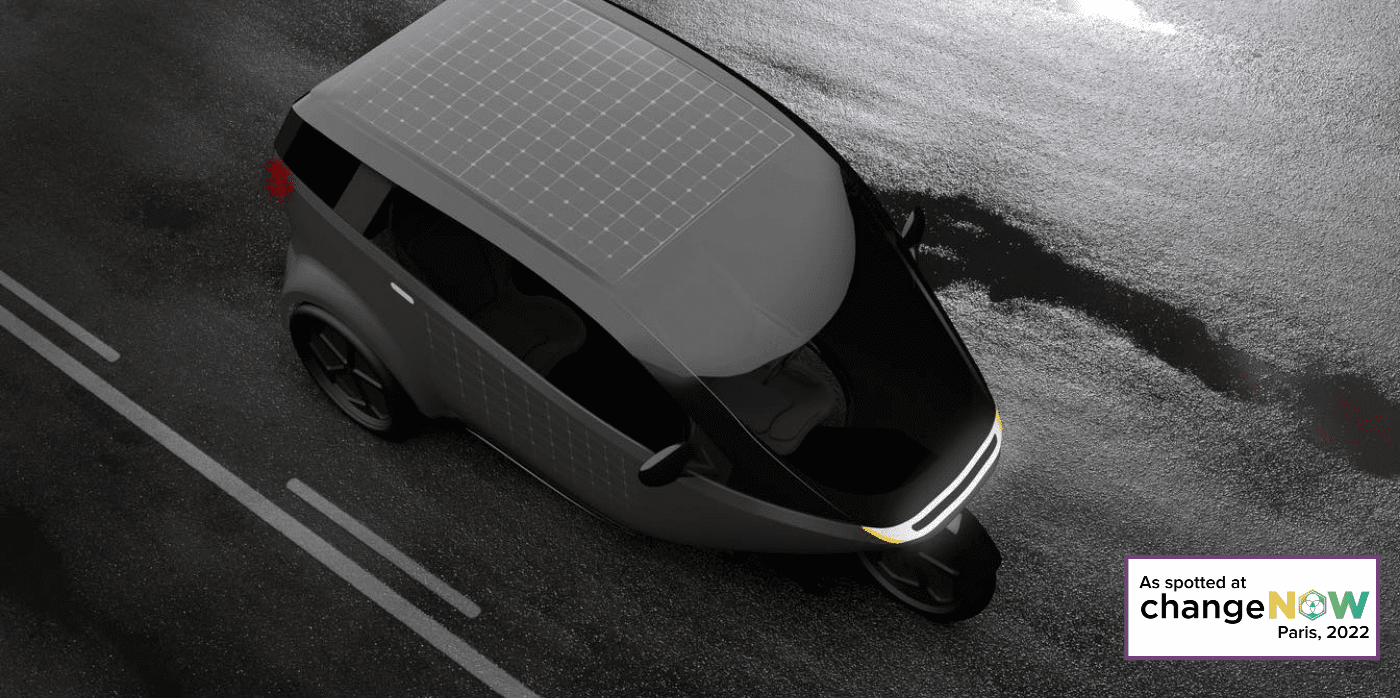

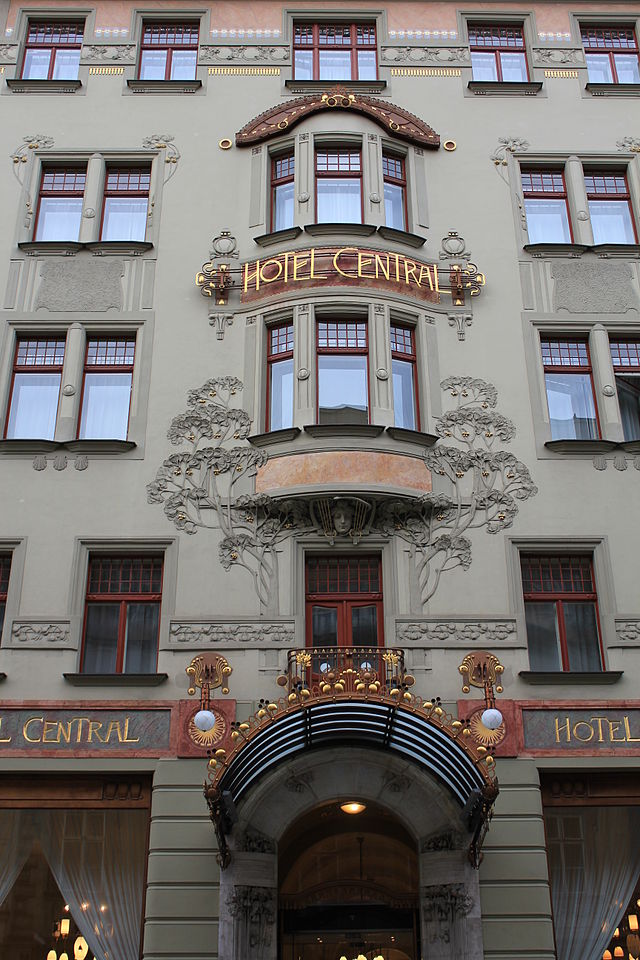
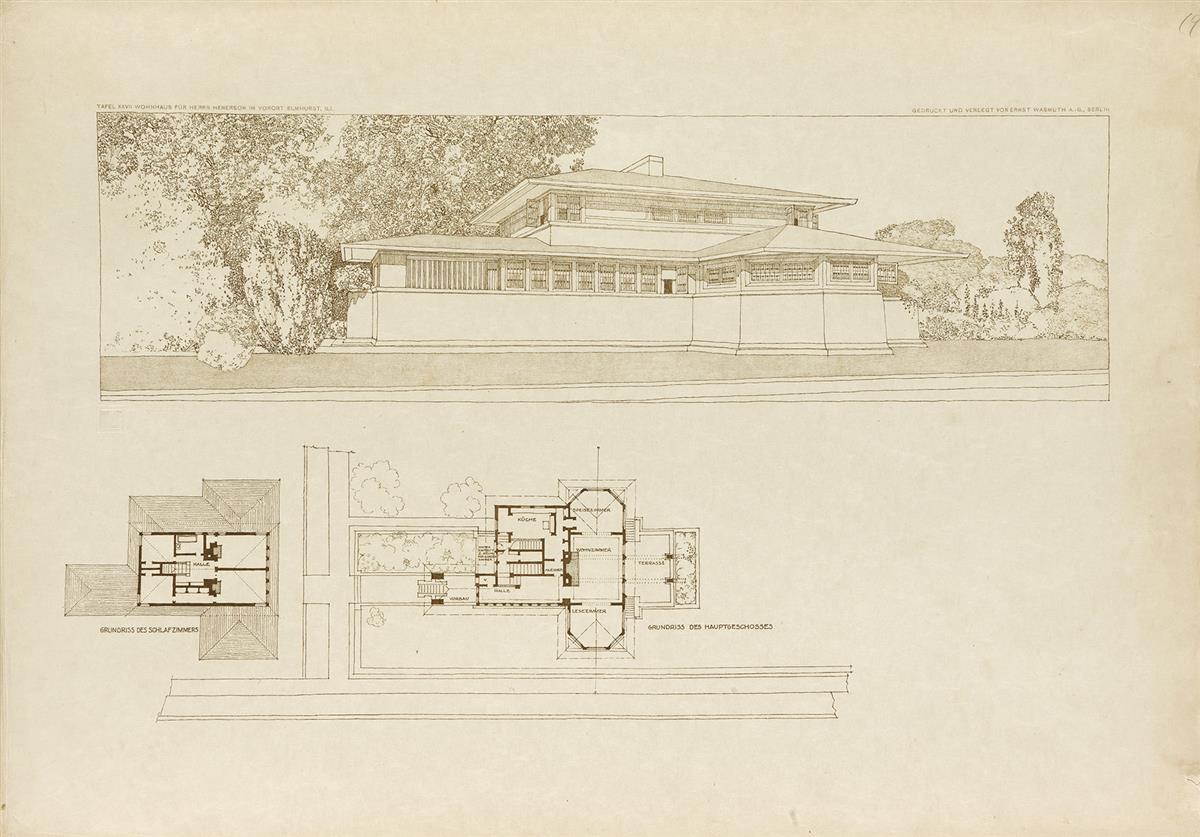
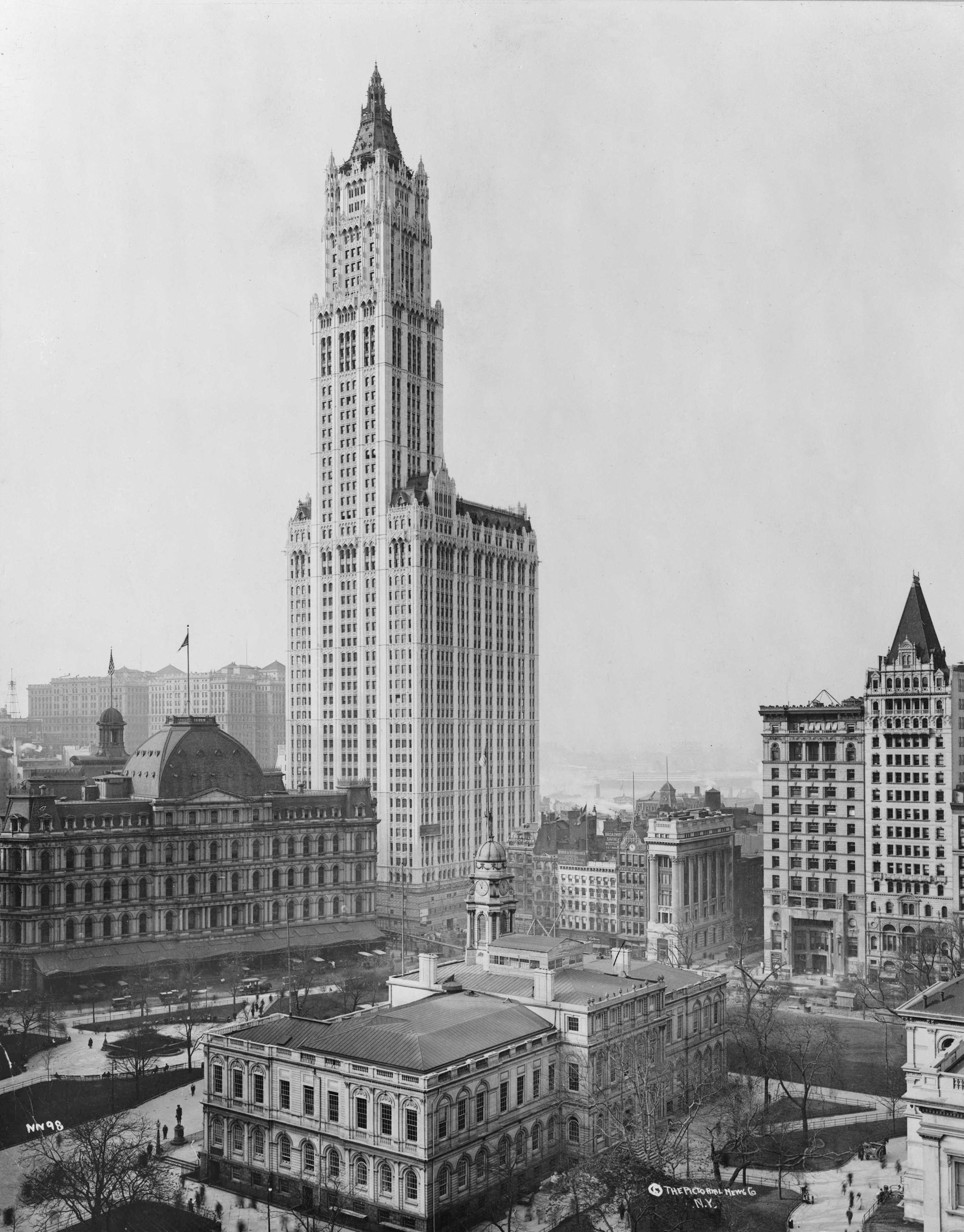





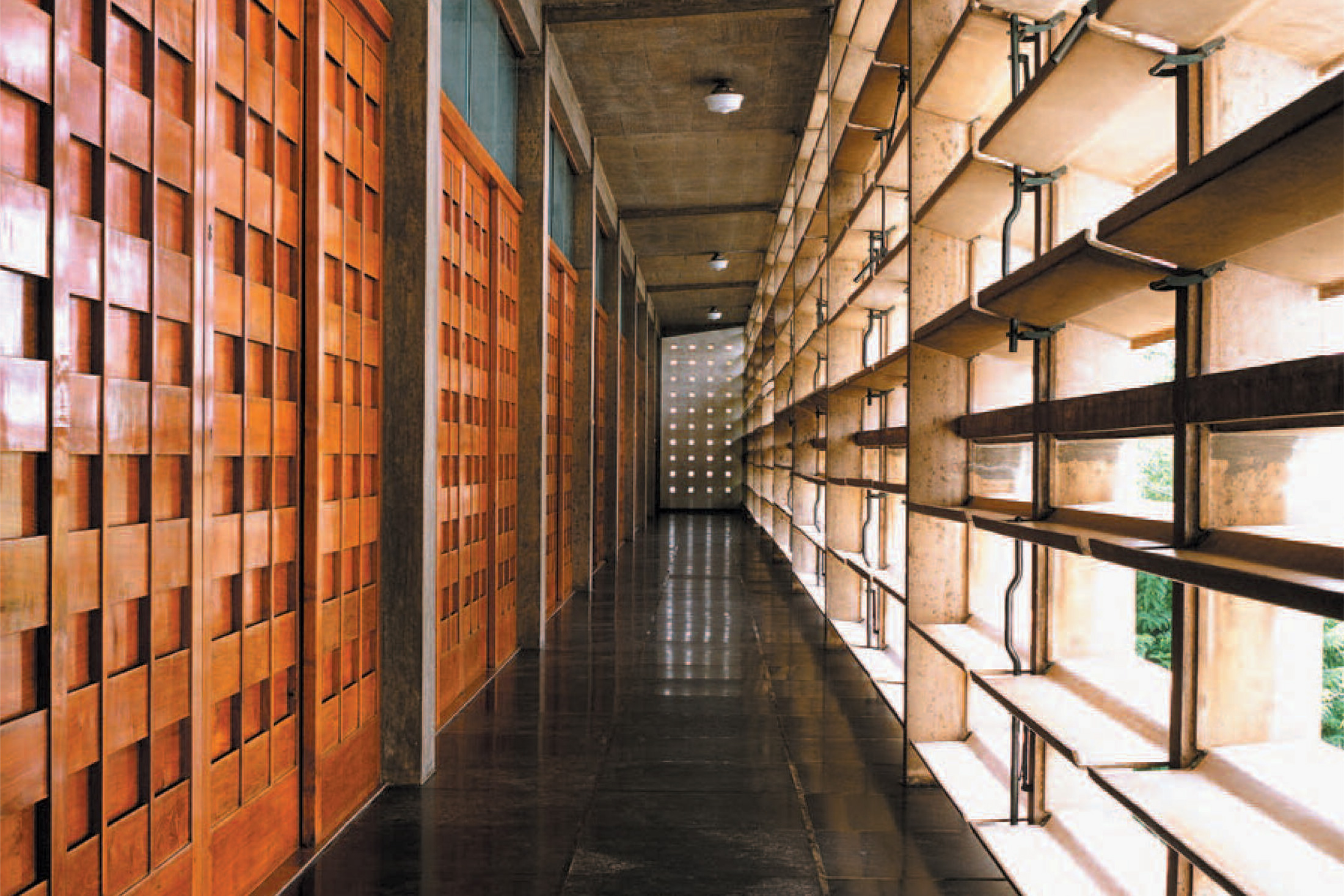
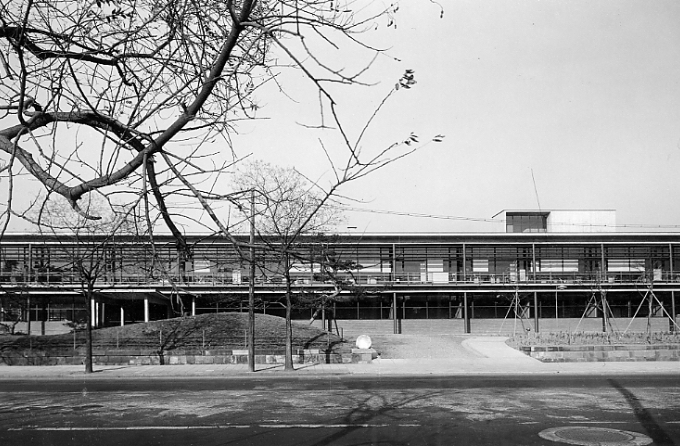





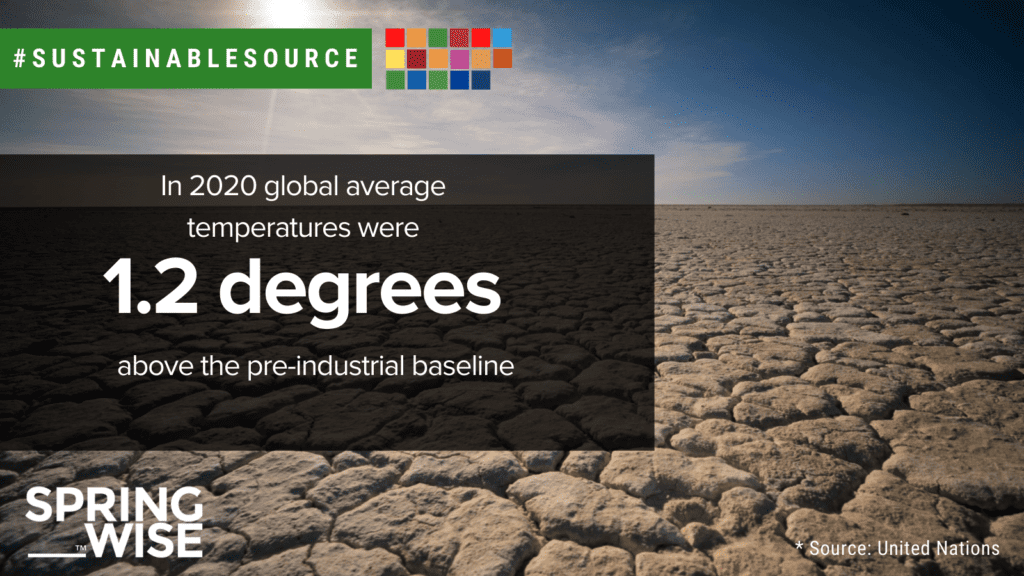



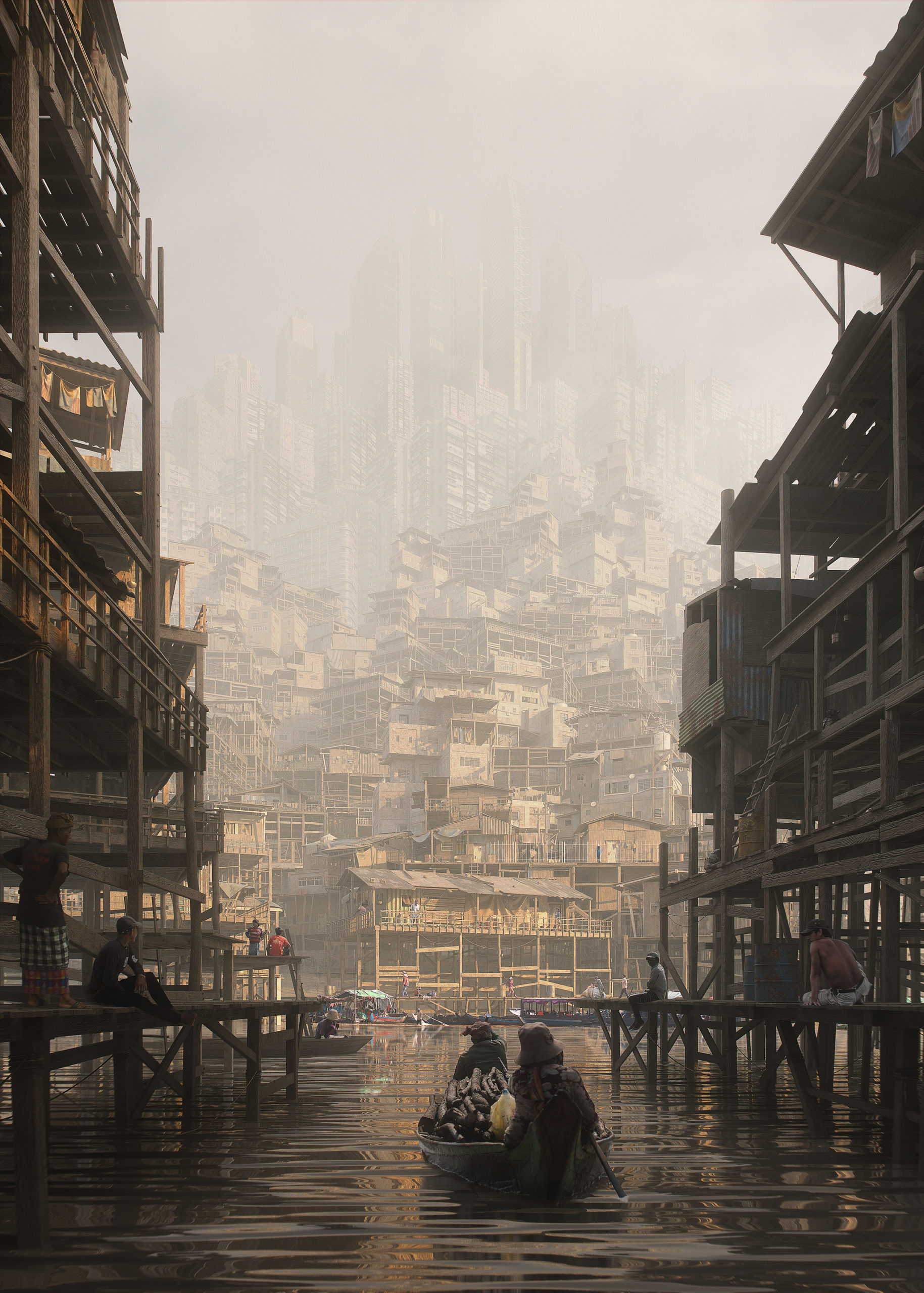 “The sun is warming the air as the market is closing now. My shirt is already sticking to my skin. They advised to avoid going out, but I feel good, I’m only coughing.”
“The sun is warming the air as the market is closing now. My shirt is already sticking to my skin. They advised to avoid going out, but I feel good, I’m only coughing.”
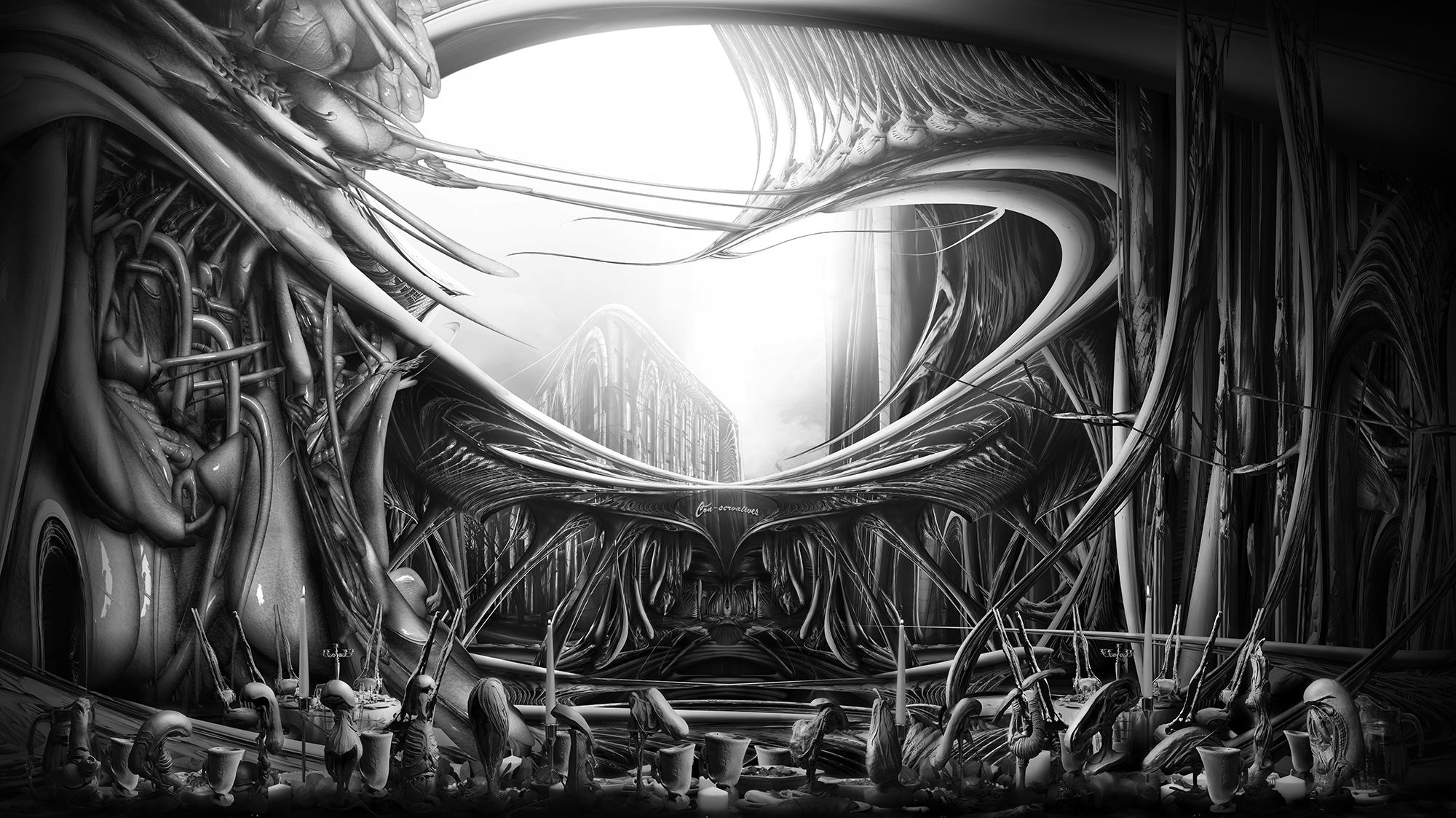 “In light of enduring issues we are facing globally, such as a climate and ecological emergency, schools of architecture must nurture a culture of collaboration in architectural education to meaningfully address them. Therefore the drawing speculates on the third iteration of The Bartlett School of Architecture. In contrast to the building’s previous 2 iterations, Wates House (1975) and The Bartlett (2016), this next installment of the school will be constructed over the course of a 1000 years by the students and tutors themselves.”
“In light of enduring issues we are facing globally, such as a climate and ecological emergency, schools of architecture must nurture a culture of collaboration in architectural education to meaningfully address them. Therefore the drawing speculates on the third iteration of The Bartlett School of Architecture. In contrast to the building’s previous 2 iterations, Wates House (1975) and The Bartlett (2016), this next installment of the school will be constructed over the course of a 1000 years by the students and tutors themselves.” “The future generations of the building’s inhabitants will recover a lost material culture of hand-crafted ceramics. This interchangeable orchestra of students and tutors will weave themselves together through the poetic symphony of a shared material culture, ushering in a new era in architectural education: The Age of Belonging.”
“The future generations of the building’s inhabitants will recover a lost material culture of hand-crafted ceramics. This interchangeable orchestra of students and tutors will weave themselves together through the poetic symphony of a shared material culture, ushering in a new era in architectural education: The Age of Belonging.”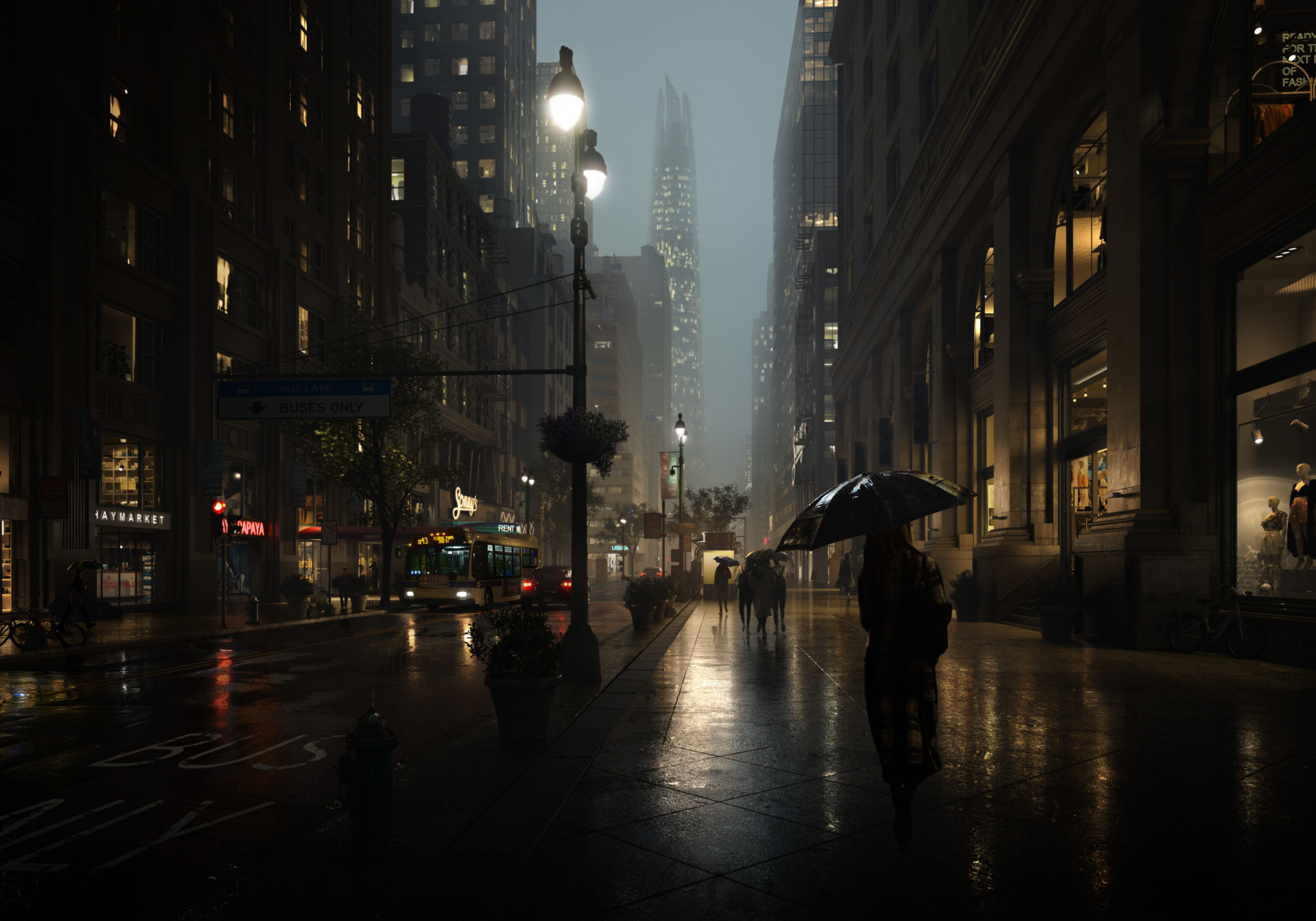 “Rainy evening in downtown New York. Wet asphalt, night city lights, and the never-sleeping life in the Big Apple.”
“Rainy evening in downtown New York. Wet asphalt, night city lights, and the never-sleeping life in the Big Apple.”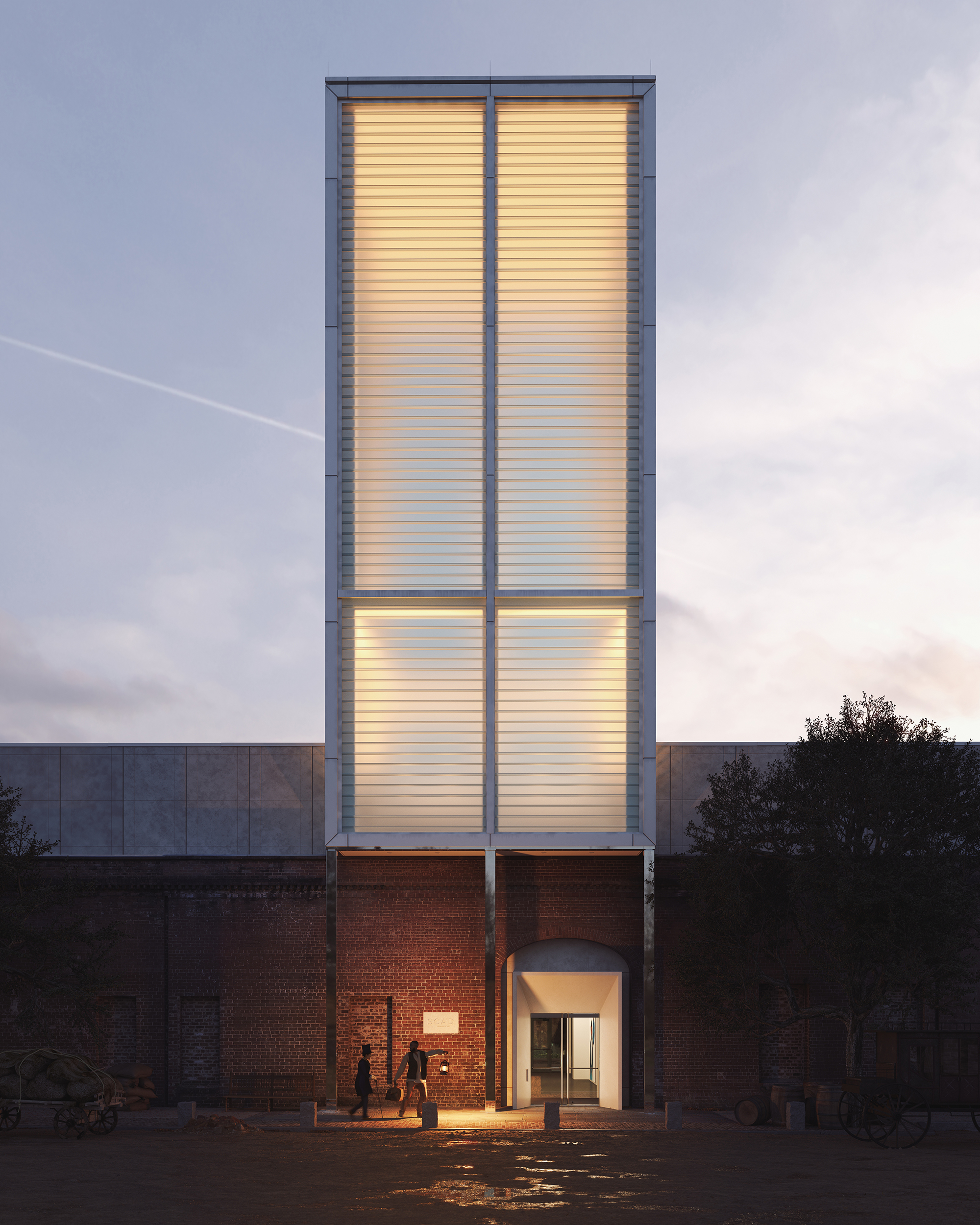 “On December 21, 1848, a white plantation owner, traveling with his enslaved servant, passed through the Central of Georgia Railroad terminal in Savannah, seeking medical care in Boston.
“On December 21, 1848, a white plantation owner, traveling with his enslaved servant, passed through the Central of Georgia Railroad terminal in Savannah, seeking medical care in Boston.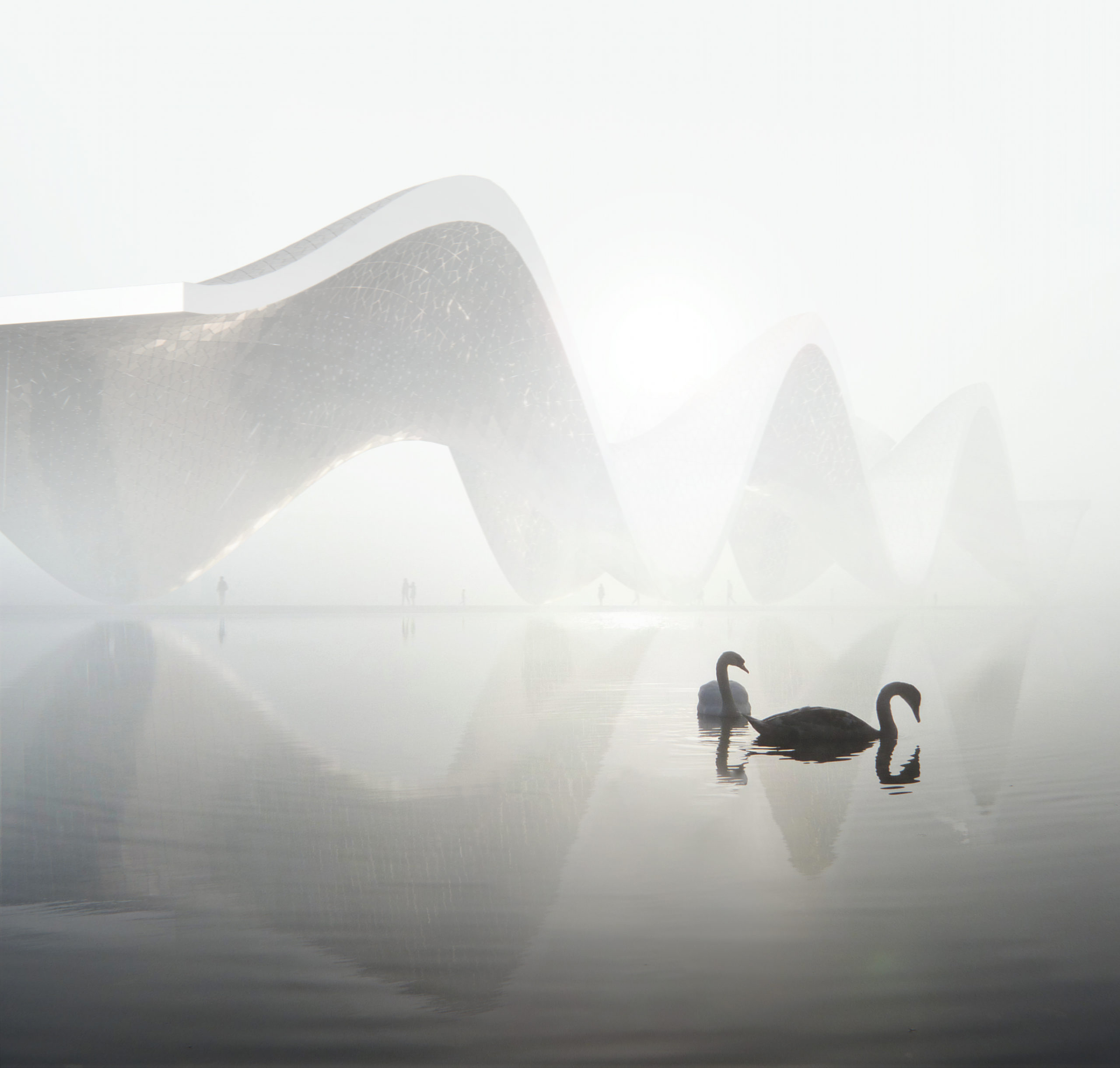 “The unity of nature and architectural form. The architecture seems to echo the shapes of the swans that live there, turning into waves and distorting the shape. It’s like a big stroke trying to unite the architecture with its surroundings by repeating it.”
“The unity of nature and architectural form. The architecture seems to echo the shapes of the swans that live there, turning into waves and distorting the shape. It’s like a big stroke trying to unite the architecture with its surroundings by repeating it.”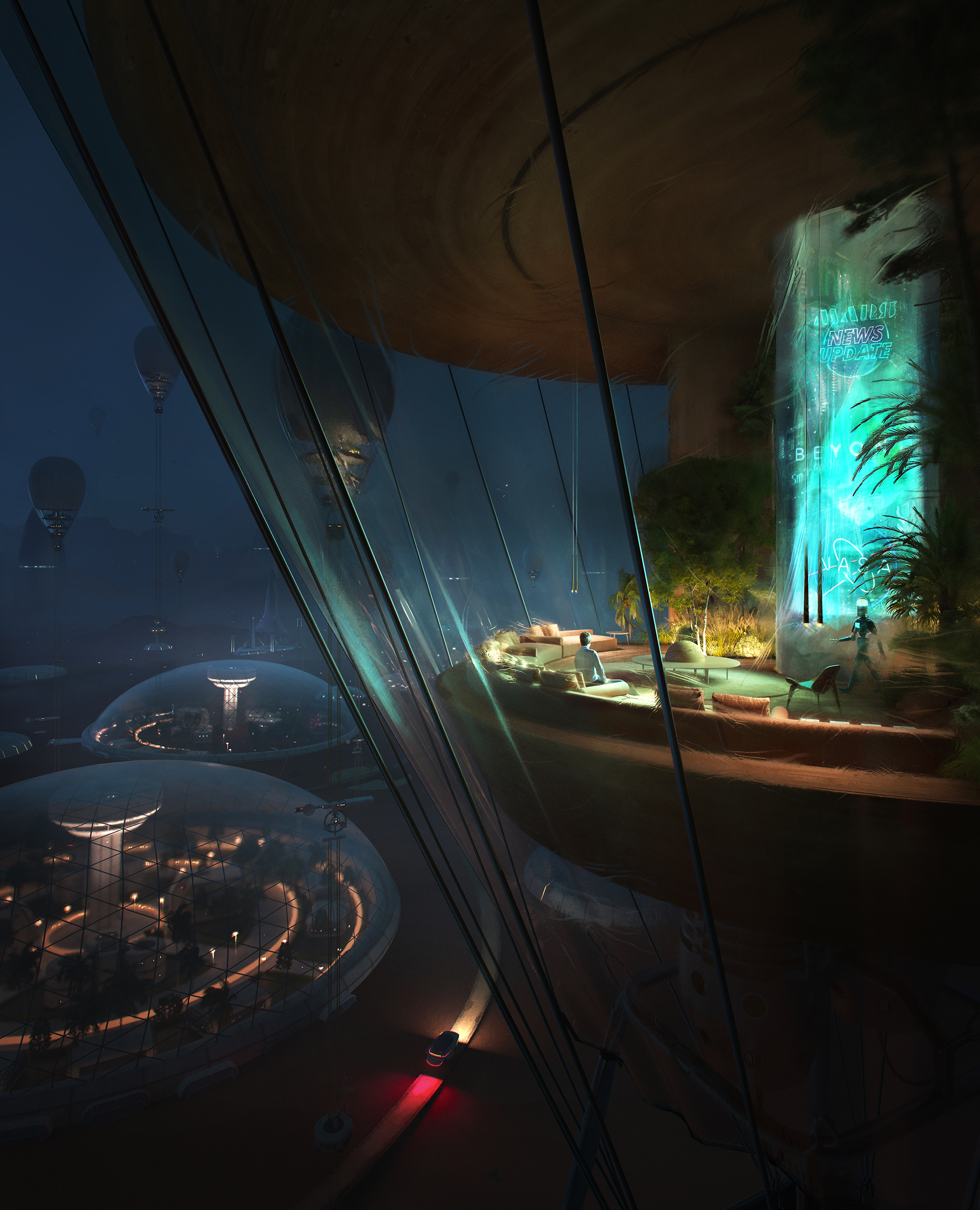 “The First Settlement on Mars.
“The First Settlement on Mars.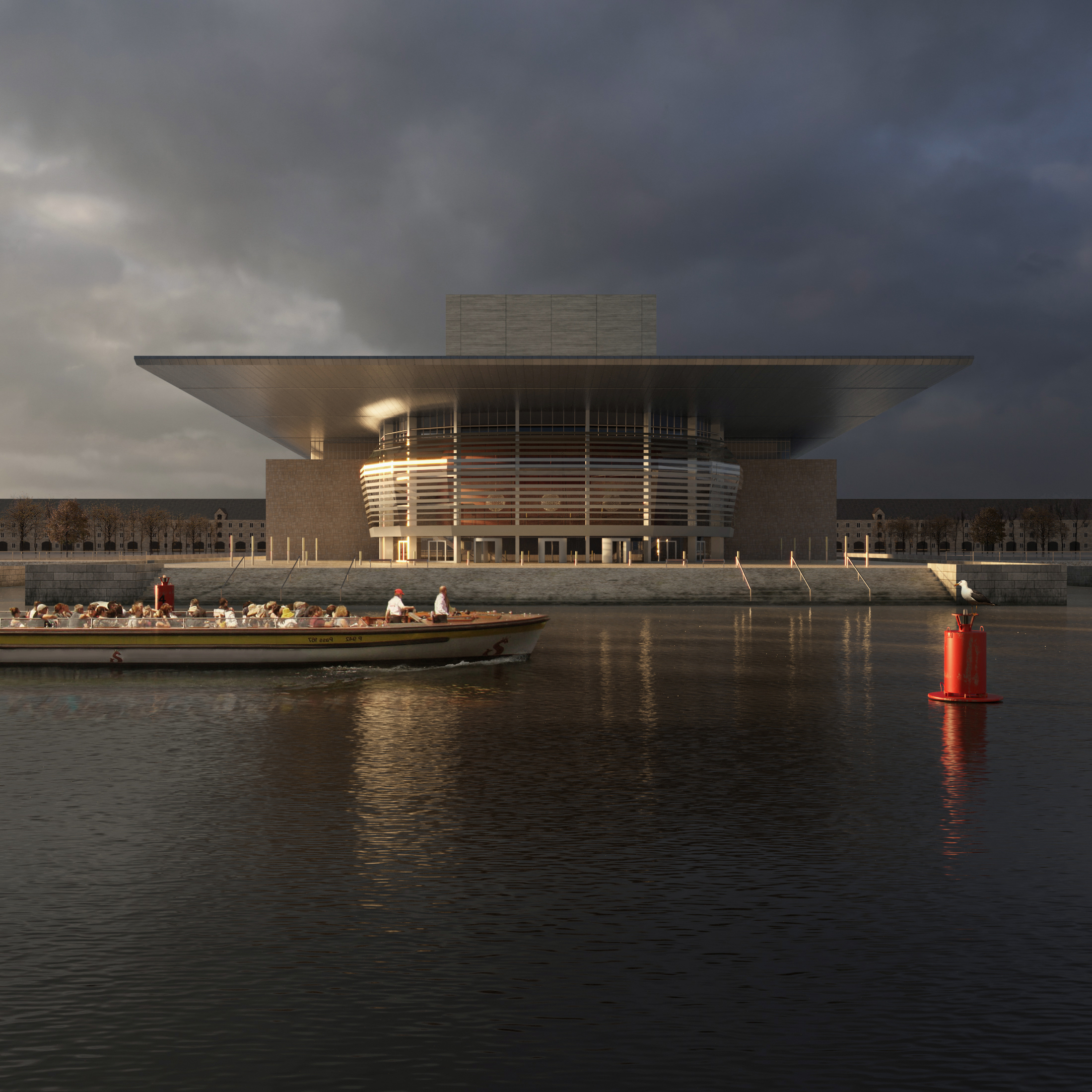 “The image depicts one of the icons of the city of Copenhagen, the Opera house, designed by the Danish architect Henning Larsen between 2001 and 2004. During my trip to the Danish capital I took some photos of it and used them as a reference to reproduce this personal work of mine. I focused my attention on reproducing a lighting that could emphasize not only the building but the whole context. I hope you like it!”
“The image depicts one of the icons of the city of Copenhagen, the Opera house, designed by the Danish architect Henning Larsen between 2001 and 2004. During my trip to the Danish capital I took some photos of it and used them as a reference to reproduce this personal work of mine. I focused my attention on reproducing a lighting that could emphasize not only the building but the whole context. I hope you like it!” “Churches are sacred spaces where people unite spiritually with a higher power. We enter churches when faced by pure and meaningful emotions like true love. Churches are therefore unique types of architecture where humans can express their deepest feelings through prayers influencing their psychology, philosophy and lifestyle. Love at first sight usually culminates in a church during the wedding ceremony.
“Churches are sacred spaces where people unite spiritually with a higher power. We enter churches when faced by pure and meaningful emotions like true love. Churches are therefore unique types of architecture where humans can express their deepest feelings through prayers influencing their psychology, philosophy and lifestyle. Love at first sight usually culminates in a church during the wedding ceremony.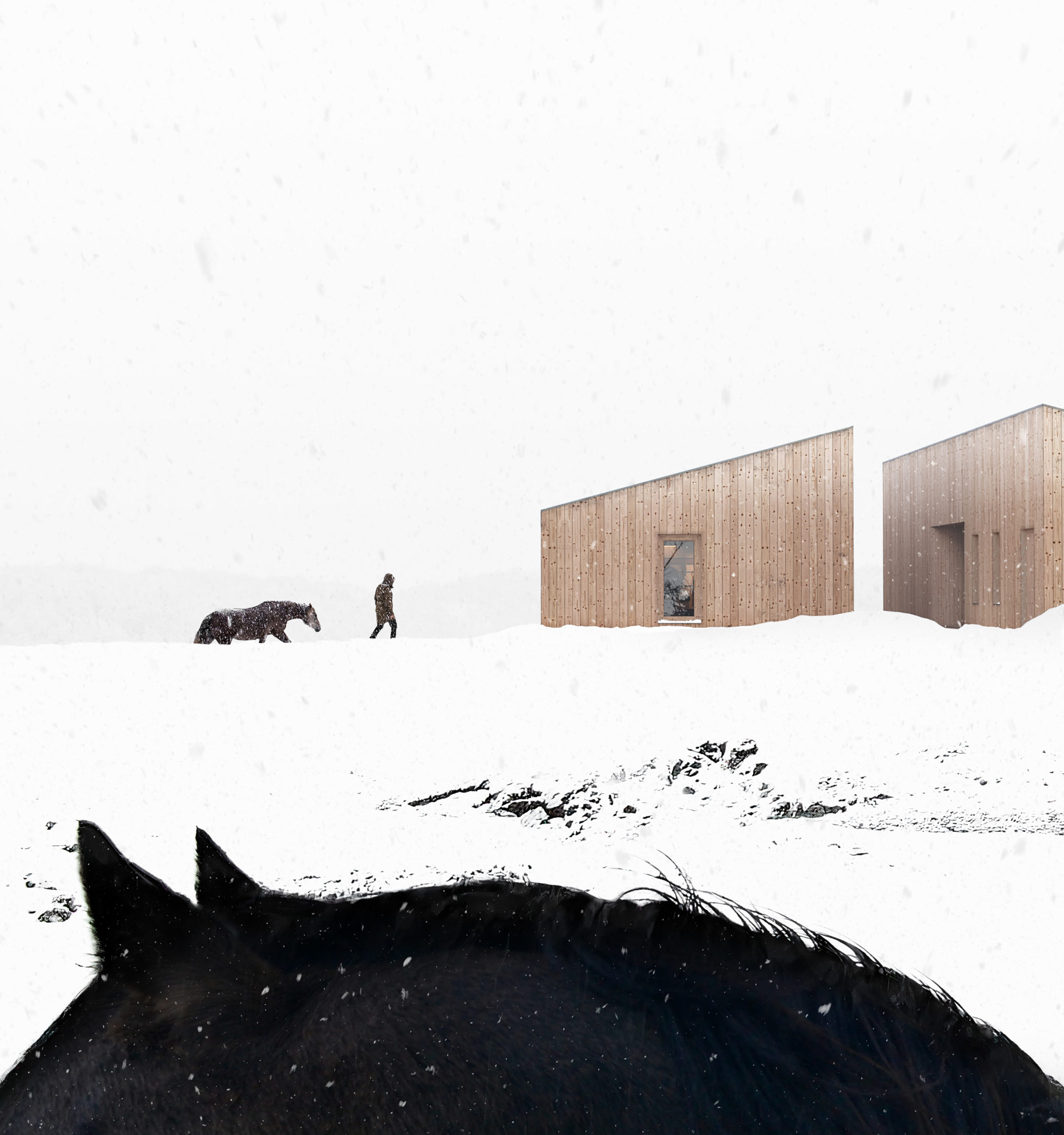 “An ode to minimalism and graphics. We play with shapes and elements of nature. Experimenting with the horse figures, wintery landscape, and minimalist structures gave us what we needed: a balance of sharpness and sinuosity.
“An ode to minimalism and graphics. We play with shapes and elements of nature. Experimenting with the horse figures, wintery landscape, and minimalist structures gave us what we needed: a balance of sharpness and sinuosity.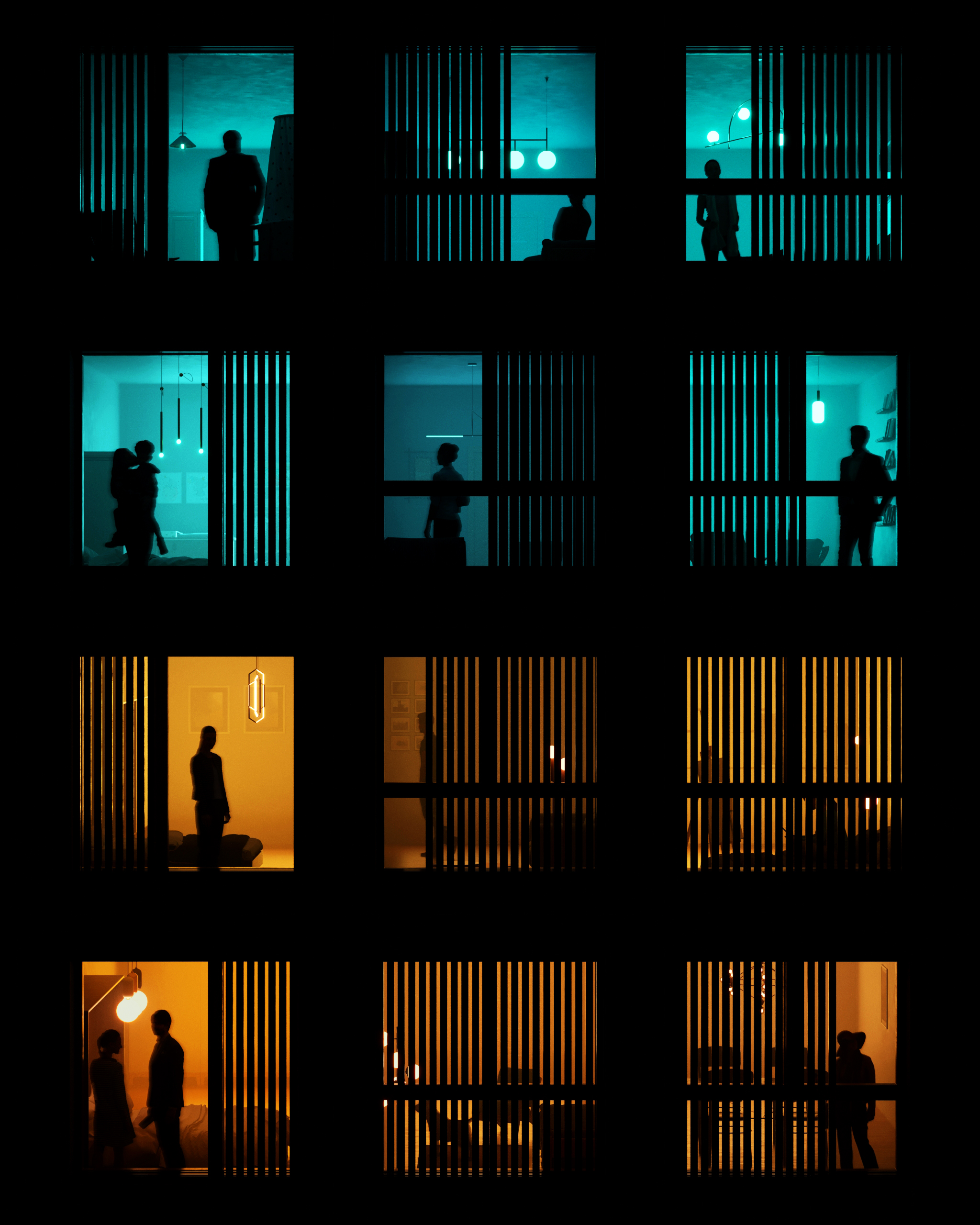 “People is what gives architecture life. With all their different lights and colors, they make the spaces alive. When designing a façade, a lot of effort is put into the relation with the exterior environment. With this rendering I wanted to focus on the role that the interior spaces play in a façade. Each of these windows have a story to tell, a feeling to show, a thought going on.
“People is what gives architecture life. With all their different lights and colors, they make the spaces alive. When designing a façade, a lot of effort is put into the relation with the exterior environment. With this rendering I wanted to focus on the role that the interior spaces play in a façade. Each of these windows have a story to tell, a feeling to show, a thought going on.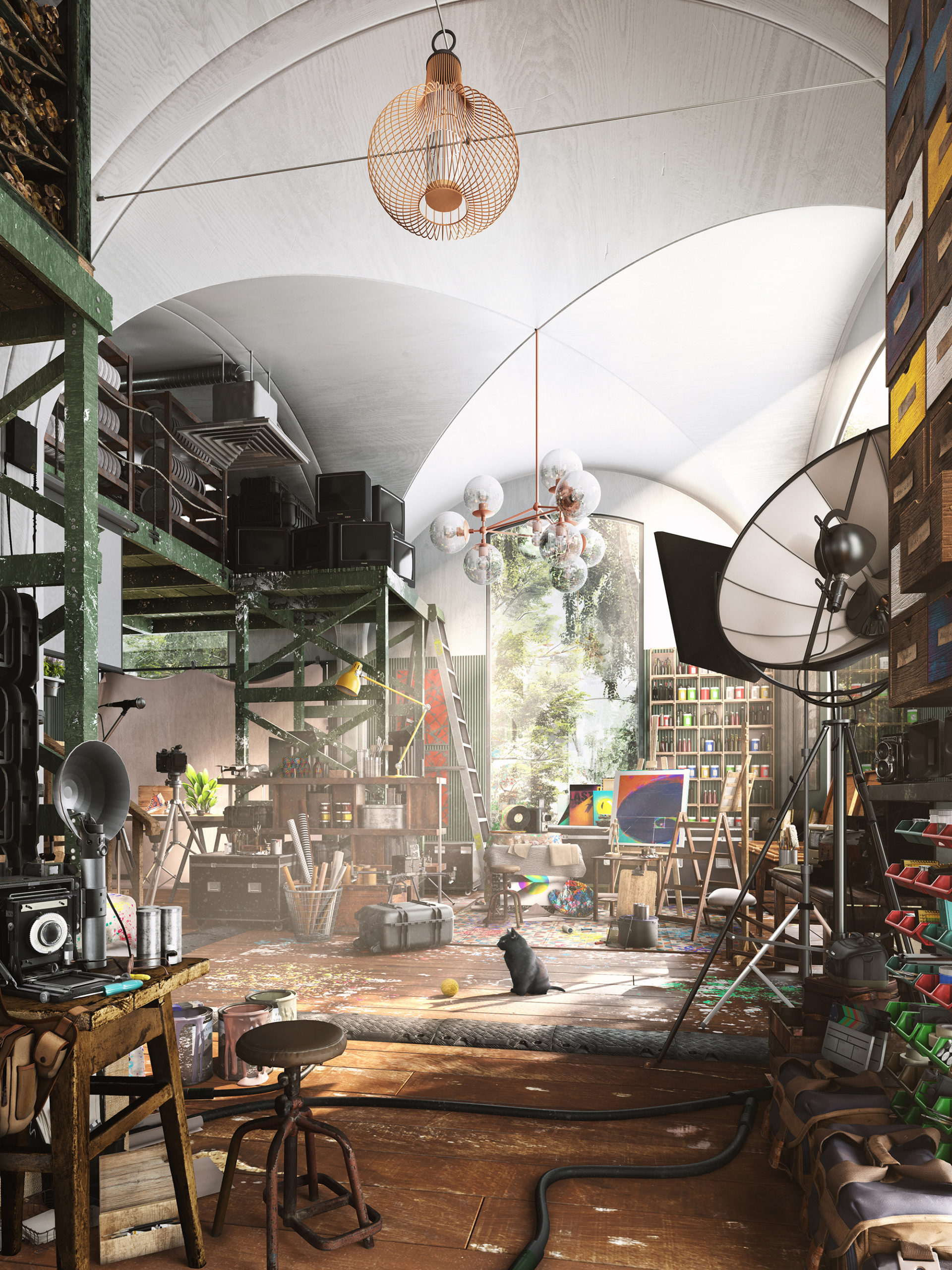 “Memories and dreams sometimes go hand in hand. The combination of reality and fantasy is an intrinsic force that supplies the creative portfolio of an artistic mind with endless possibilities. Nevertheless, even with all the infinite pieces put together sometimes one can’t help but look into triggers of certain spaces that take you back into specific moments of life.
“Memories and dreams sometimes go hand in hand. The combination of reality and fantasy is an intrinsic force that supplies the creative portfolio of an artistic mind with endless possibilities. Nevertheless, even with all the infinite pieces put together sometimes one can’t help but look into triggers of certain spaces that take you back into specific moments of life. “This piece is more of a political statement to depict how the built environment can affect nature. The columns represent tall leafless trees in the forest. The concrete floors are dried out soil. The lack of color represents most architecture today which is very monochromatic and dull without paying homage to the nature around it. The architecture industry needs to embrace nature more by incorporating living walls, green roofs, natural light and color.”
“This piece is more of a political statement to depict how the built environment can affect nature. The columns represent tall leafless trees in the forest. The concrete floors are dried out soil. The lack of color represents most architecture today which is very monochromatic and dull without paying homage to the nature around it. The architecture industry needs to embrace nature more by incorporating living walls, green roofs, natural light and color.”